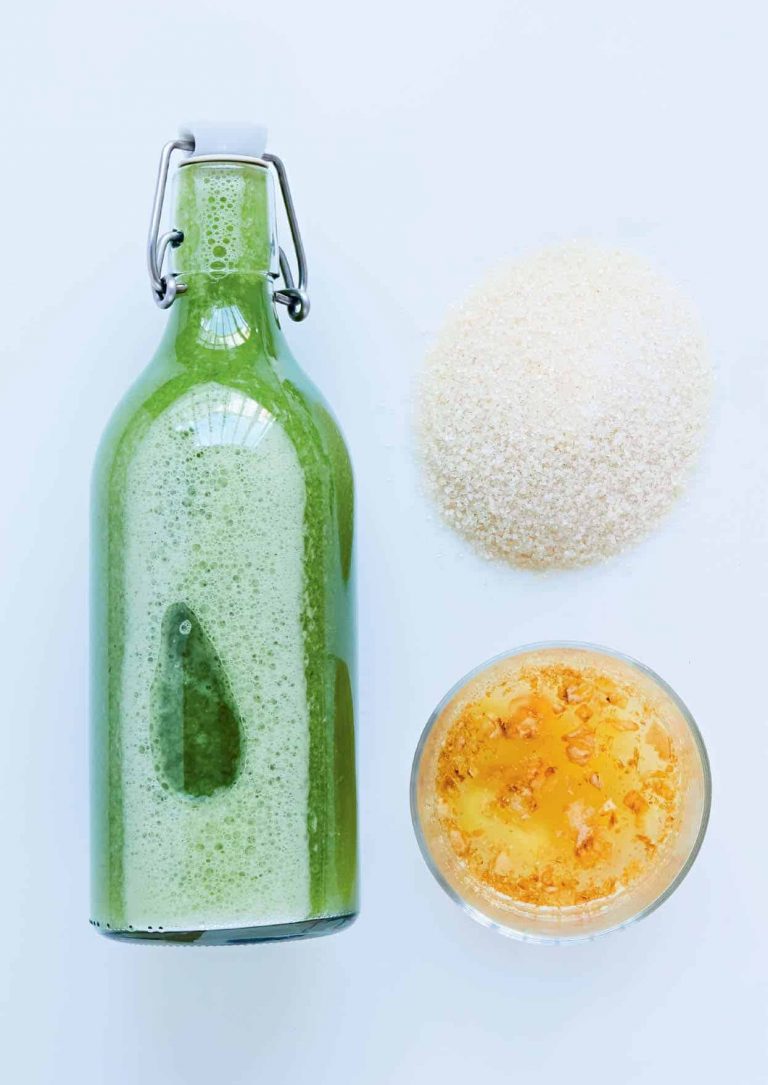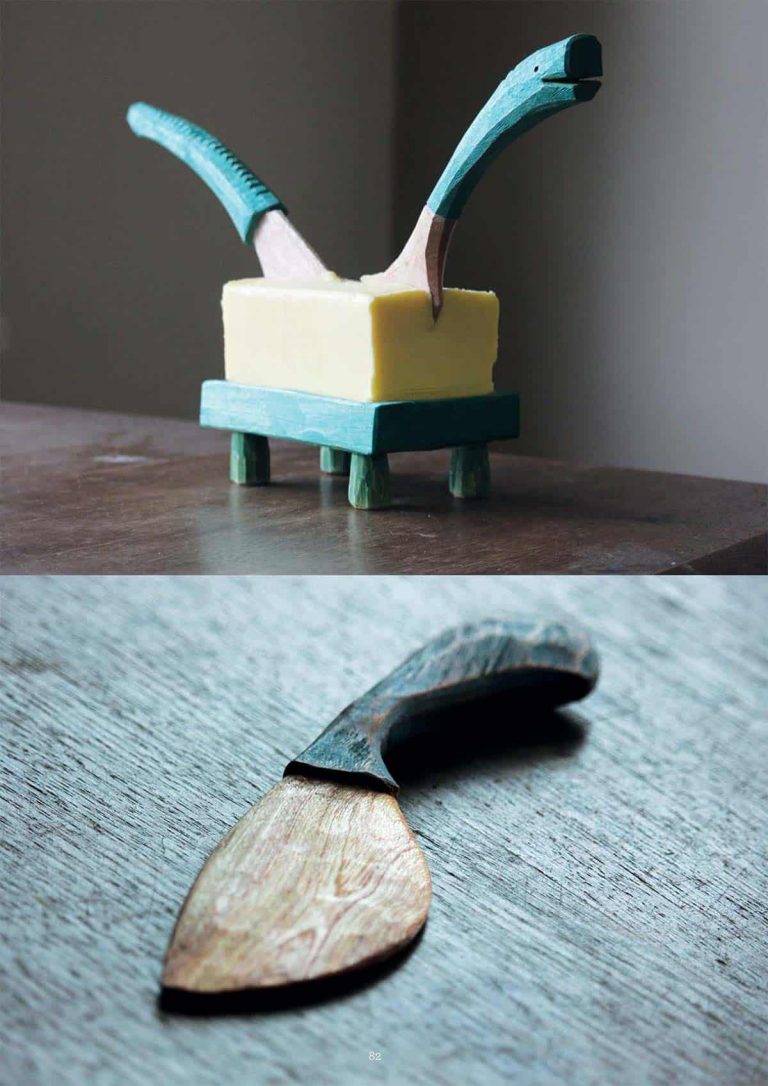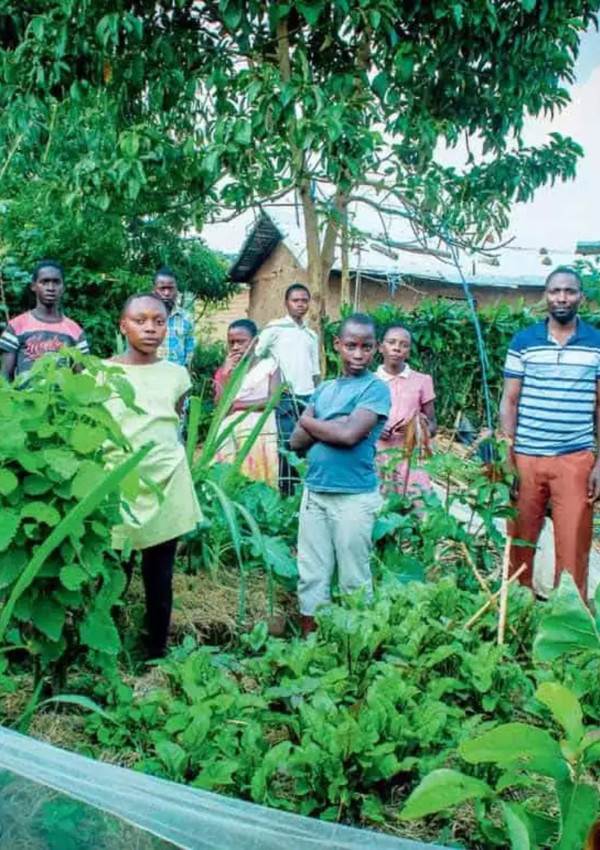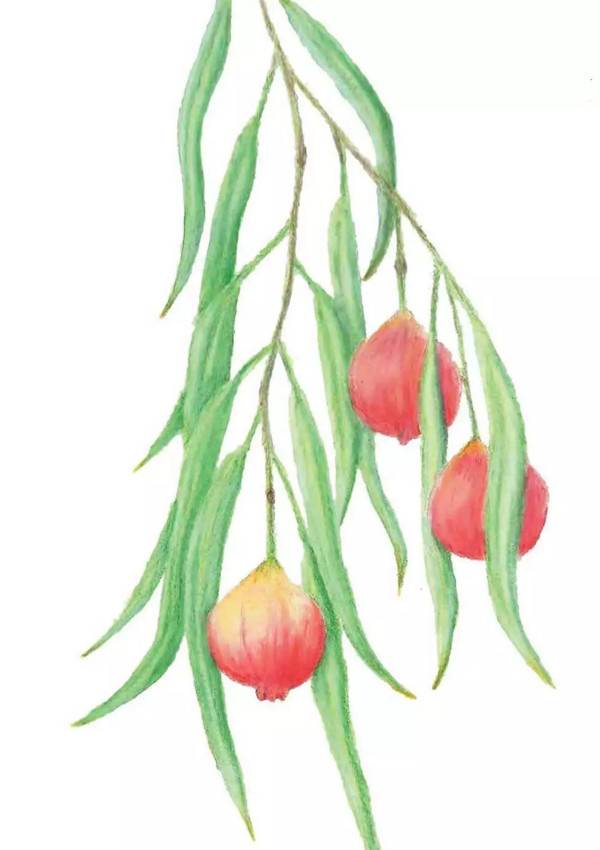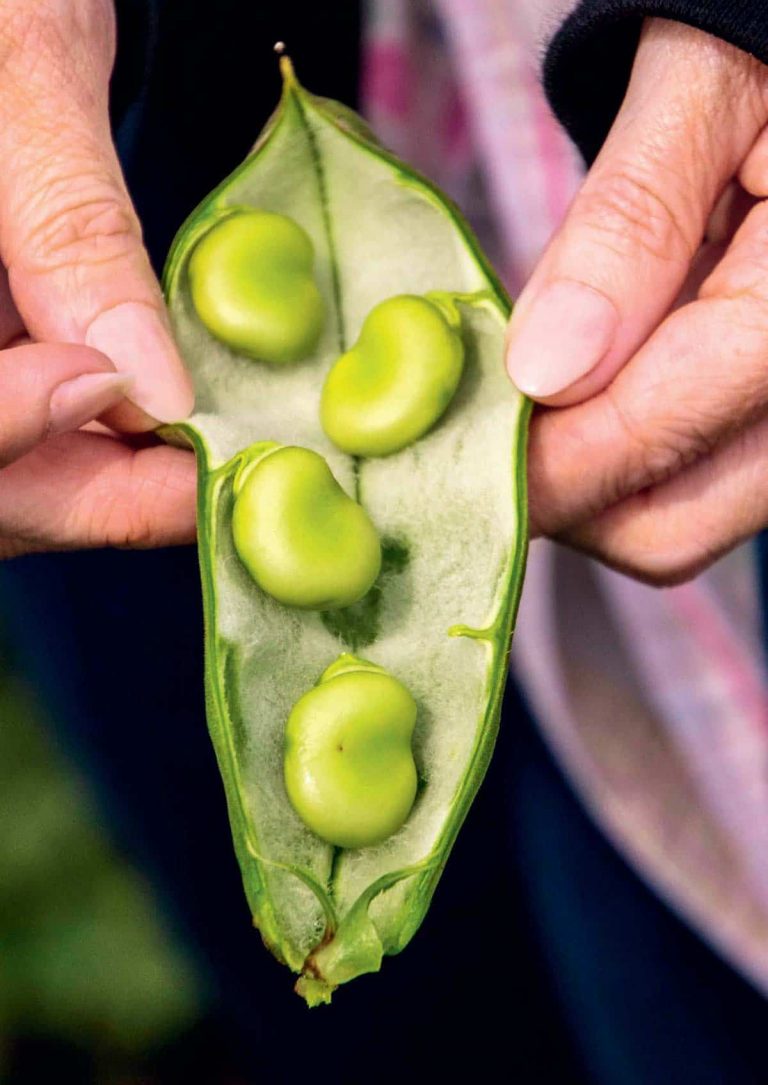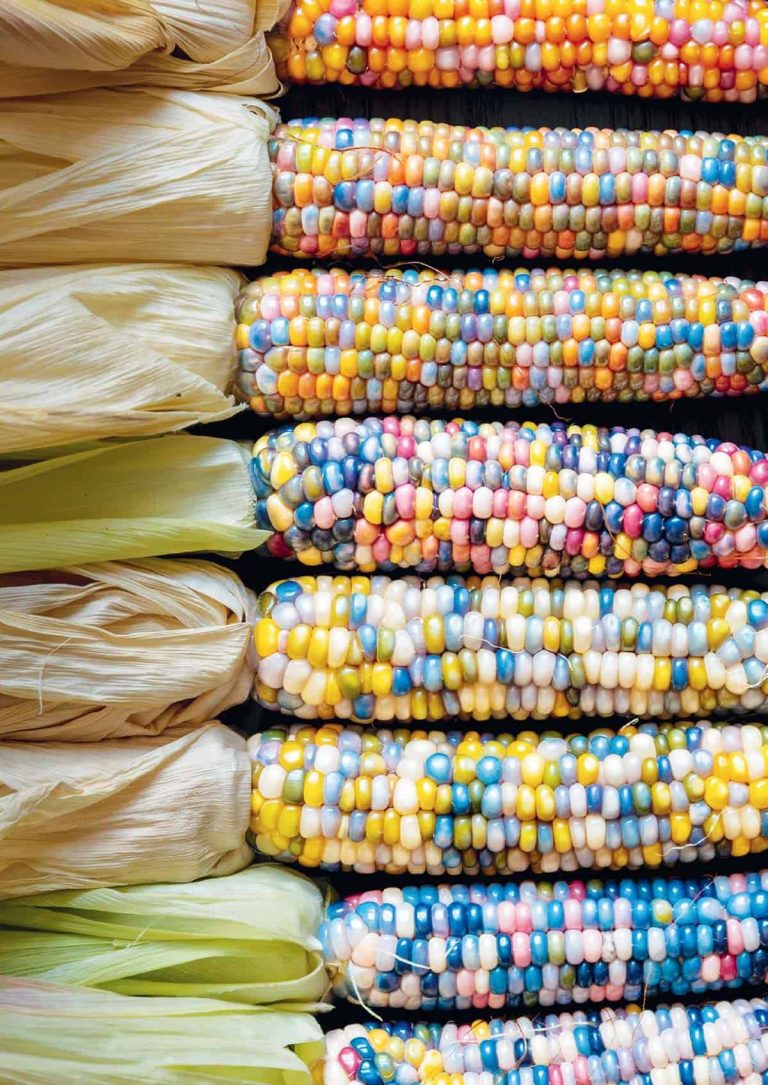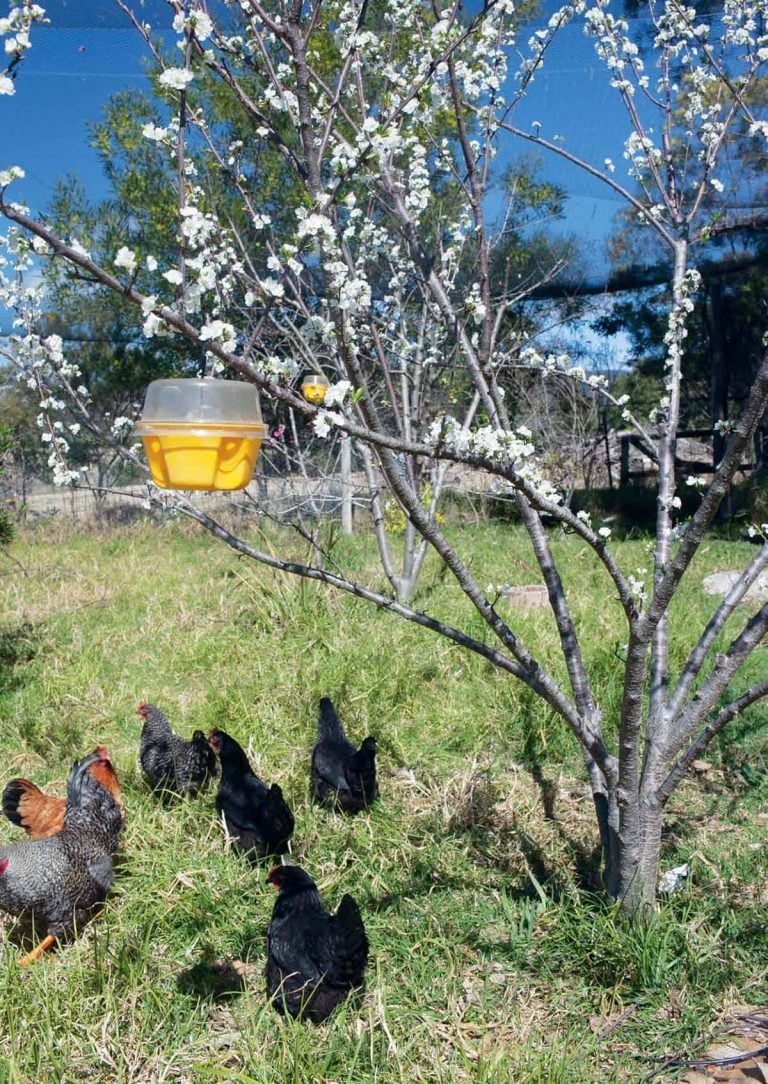Drawing Inspiration: Brenna Quinlan

A much-loved permaculture illustrator and educator, Brenna Quinlan’s drawings guide communities away from consumerism and towards living a life brimming with meaning, beauty and community connectedness.
Brenna lives at the idyllic Melliodora property established by the co-originator of permaculture David Holmgren and his partner Su Dennett, where she practises, educates and illustrates permaculture. Her articulate watercolour paintings have been used in numerous books including Holmgren’s newest Retrosuburbia, as well as Milkwood: Real Skills for Down-to-Earth living and Farming Democracy: Radically Transforming the Food System from the Ground Up, and in just three short years has cultivated an Instagram following of more than 25,000.


